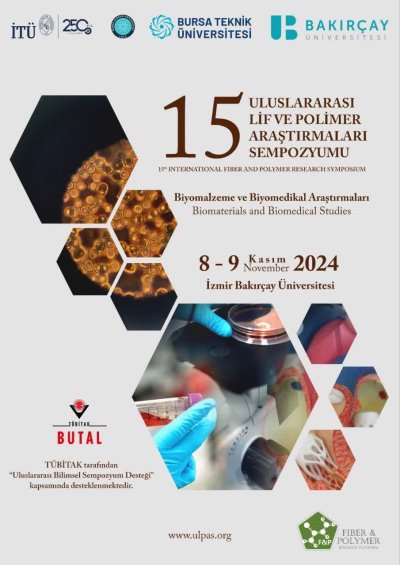0% Complete
Authors :
Keywords :
Abstract :
List of archived papers
Hande Eyvazoğlu - Mucize Ceren Miçonunoğlu - Büşra Doğanay Alçiçek
Fatma Ahsen Oktemer - Cansu Gunes - M. Mert Kurdis - Ahmet Avci
HALİL İBRAHİM TURGUT - ÖZLEM YARAR - BEGÜM SELÇUK ELGÜN
Tuba Ünügül - Bağdagül Karaağaç
Hasan Arıkan - Ayşe Pınar Tüzüm Demir
Ikbal Gozde Kaptanoglu - Sabriye Yusan - Umit H. Kaynar - Sule Aytas - Sema Erenturk
Ahsan Habib - Md. Abdullah Al Mamun - Osman Babaarslan



